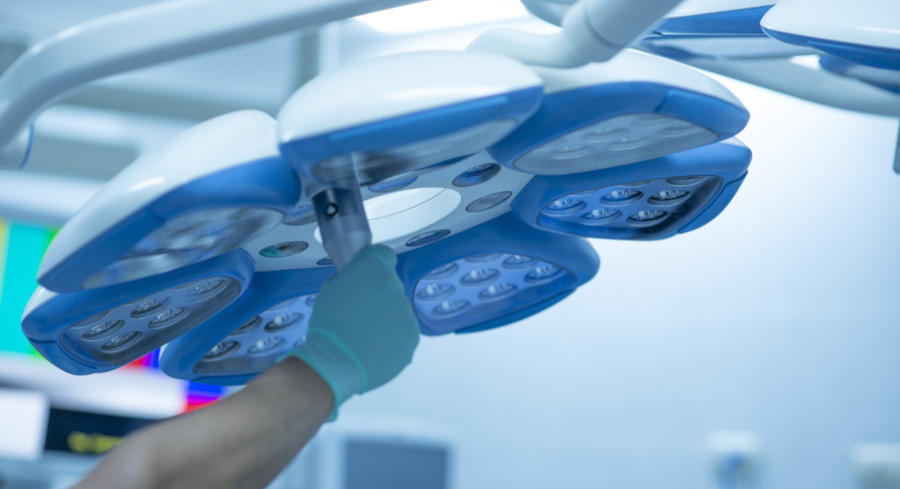

Surgical orthodontics, or orthognathic surgery, refers to the treatment of a skeletally compromised bite that is best treated with a combination of orthodontics and jaw surgery. These cases usually include jaw relationships that prevent the orthodontist from placing the teeth in an acceptable bite without significant compromises in how the teeth will fit and function.
Until the 1970’s, patients that came in to an orthodontic office with bites where the lower jaw was ahead or way behind the upper jaw, or where the front teeth were far apart vertically or when the upper teeth and gums were totally exposed when the patient’s muscles were completely at rest, orthodontic treatment was, at best, a huge compromise. Orthodontics was used to camouflage a skeletal problem and teeth were placed is positions that compensated for the underlying skeletal abnormalities. Needless to say, this created poor profiles and functional, but less than ideal bites.
However, a brilliant group of surgeons and orthodontists developed a way to correct the actual problem without having to compromise the dentition. The technique involved using orthodontics to align each arch of teeth in an ideal alignment relative to that arch without regard to the bite with the opposite arch. This frequently made the patient’s bite worse in the process, but the alignment avoided dental compromises, which was the important issue. After this initial period of braces, jaw surgery was done to place the jaw most out of position into a new position determined by the pre-surgical orthodontic alignment. It is like putting two halves of a jig-saw puzzle together after the two halves were constructed independently of the other. This approach created a new standard of care for severely compromised orthodontic cases.
As mentioned, this treatment requires an initial period of pre-surgical orthodontics to align the teeth properly, then the surgery, and then a period of 6-12 months of post-surgical orthodontics to fine-tune the occlusion and adjust for post-surgical settling of the skeletal and soft tissues. The surgery is done in a full hospital setting with usually one to two days spent in the hospital. The surgery is done entirely within the oral cavity without external incisions. In the early days, the jaws had to be wired shut, but over the last twenty years, rigid fixation of the jaws allows for movement of the jaws within a few days of the surgery to allow for normal joint function. The procedure has come a long way from forty years ago, is far easier on the patient, and the results both aesthetically and occlusally are truly life-changing.
Dr. Skarin had the good fortune to have been trained at a time when this procedure was just gaining acceptance. As a result of his interest in this developing form of treatment, Dr. Skarin was asked to be on the orthodontic staff of Northwestern’s dental school to teach and oversee the orthodontic residents in orthognathic surgery. He has had the opportunity to treat craniofacial cases with world-renowned surgeons such as Tessier of France as well as with his mentor, fellow professor and early orthognathic surgery pioneer, the late Roger Kallal. His experience in treating and overseeing hundreds of these cases will be invaluable if you find orthognathic surgical treatment a potential option.
4 N Washington St.
Naperville, IL 60540
630-369-0045
803 N Bridge St.
Yorkville, IL 60560
630-553-5227